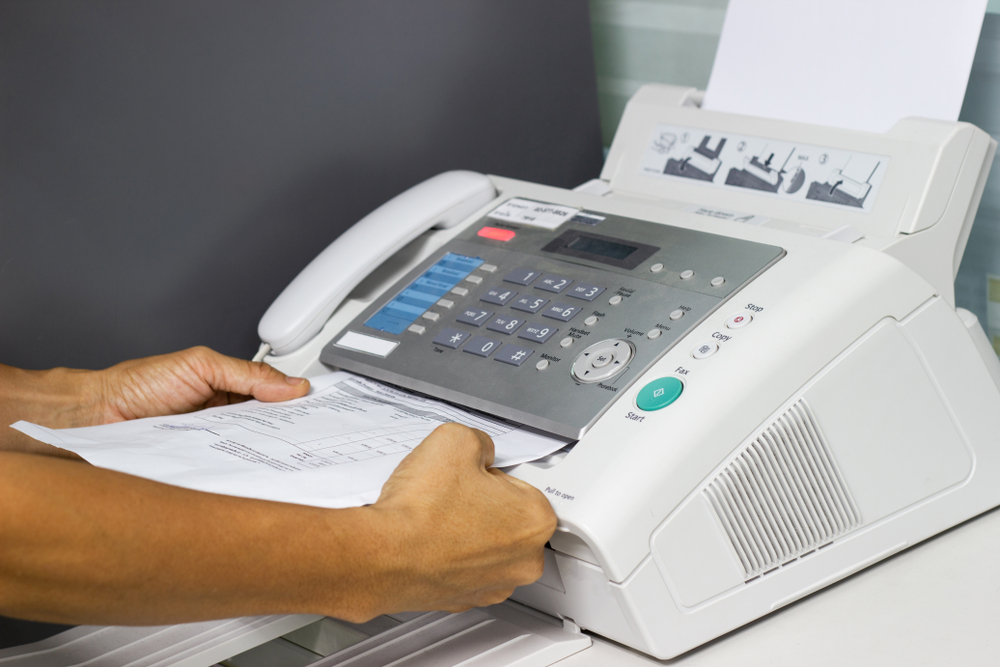Fax in the Digital Age: Exploring the History and Evolution of Fax Technology
Fax technology, once a staple of communication in offices around the world, has evolved dramatically in the digital age. From its humble beginnings to its modern-day applications, fax continues to play a significant role in transmitting documents securely and efficiently.

In this article, we’ll delve into the history and evolution of fax technology, examining how it has adapted to the digital era and discussing its continued relevance in today’s world.
The Origins of Fax Technology
The concept of fax, short for facsimile, dates back to the 19th century when inventors began experimenting with ways to transmit images over long distances. Scottish inventor Alexander Bain is credited with creating the first fax machine in 1843, which used a pendulum-based mechanism to scan and reproduce images. However, it wasn’t until the 20th century that fax technology began to gain widespread adoption.
The Rise of Analog Fax Machines
Analog fax machines became commercially available in the 1960s, revolutionizing the way businesses communicated. These early fax machines used telephone lines to transmit images encoded as electrical signals. Despite their limitations, such as slow transmission speeds and poor image quality, analog fax machines quickly became indispensable tools for sharing documents over long distances.
The Transition to Digital Fax
The advent of digital technology in the late 20th century brought significant improvements to fax communication. Digital fax machines replaced their analog predecessors, offering faster transmission speeds and higher-quality images. Instead of transmitting signals over telephone lines, digital fax machines converted documents into digital data, which could be sent over computer networks.
Internet Fax Services
The proliferation of the internet in the 1990s paved the way for internet fax services, which allowed users to send and receive faxes via email. These services eliminated the need for dedicated fax machines and phone lines, making fax communication more convenient and cost-effective. Users could send faxes directly from their computers or mobile device apps, bypassing the traditional fax machine altogether.
Fax over IP (FoIP)
Fax over IP (FoIP) technology emerged in the early 2000s, further modernizing fax communication. FoIP enables the transmission of faxes over internet protocol (IP) networks, leveraging the same infrastructure used for voice and data communication. This technology offers improved reliability and scalability compared to traditional fax systems, making it an attractive option for businesses of all sizes.
The Role of Fax in the Digital Age
Despite the rise of alternative communication methods such as email and instant messaging, fax technology remains relevant in the digital age for several reasons:
- Security: Fax communication is inherently secure, as documents are transmitted directly between sender and recipient without passing through third-party servers. This makes fax an ideal choice for transmitting sensitive or confidential information.
- Legal Validity: In many industries, faxed documents hold the same legal validity as their paper counterparts. This makes fax technology indispensable for businesses that require legally binding agreements or contracts.
- Compatibility: Fax technology is widely compatible with existing infrastructure, making it easy for businesses to integrate fax communication into their workflow. Many multifunction printers and office equipment include fax functionality, allowing users to send and receive faxes without the need for additional hardware.
- Reliability: Despite advances in digital communication, fax remains a reliable method for transmitting documents, particularly in areas with limited internet connectivity or during network outages.
The Future of Fax Technology
As technology continues to evolve, the future of fax technology remains uncertain. While traditional fax machines may eventually become obsolete, the core principles of fax communication—security, reliability, and legal validity—are likely to endure. Emerging technologies such as blockchain and digital signatures may further enhance the security and authenticity of faxed documents, ensuring that fax technology remains a viable option for businesses in the digital age.
In conclusion, fax technology has come a long way since its inception in the 19th century. From analog fax machines to internet fax services and beyond, fax communication has evolved to meet the demands of the digital age. While alternative communication methods may continue to gain popularity, fax technology remains a cornerstone of business communication, offering security, reliability, and legal validity in an increasingly interconnected world.


